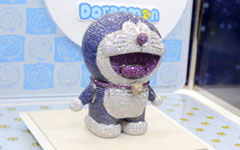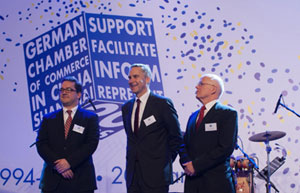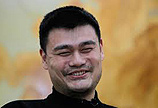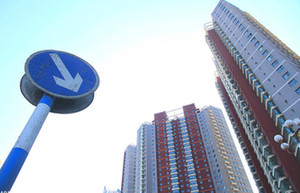Rio Tinto CEO says demand to grow
By Du Juan (China Daily) Updated: 2014-05-29 07:42
|
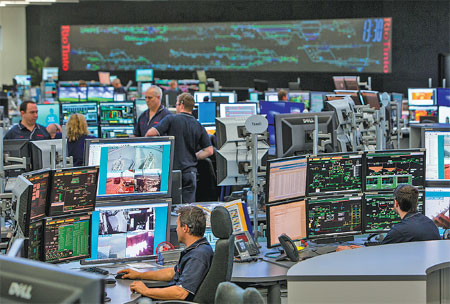 |
|
Rio Tinto Group's operation centre in Perth, which uses networks to control all Pilbara operations up to 1,500 kilometres away. In 2013, Rio Tinto produced 266 million tons of iron ore, an annual increase of 5 percent. Provided to China Daily |
Miner wants to build relations as iron ore market gets competitive
The world's second-largest miner, Rio Tinto Group, faces an ever more competitive iron-ore market.
It wants stronger relations with China, the world's biggest steelmaker.
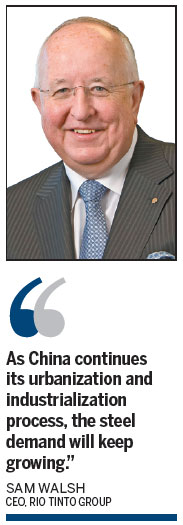
"As China continues its urbanization and industrialization process, the steel demand will keep growing," CEO Sam Walsh, 64, said. "We are confident that our products will be needed in the future."
He has visited China nearly 50 times.
It shows his company's commitment to the country and his interest and affection for it.
Walsh was appointed head of Rio Tinto on Jan 17, 2013. His trip to Beijing in March was his fifth since taking the post.
He replaced Tom Albanese at the top of a company that had to write off $22 billion over two years.
He said his strategy remains unchanged: continuous commitment to the market, cutting costs and supplying high-quality products.
In 2013, Rio Tinto produced 266 million tons of iron ore, an annual increase of 5 percent. China drives over a third of company revenue.
Higher-grade ore is demanded by Chinese steel mills, Walsh said. The government focuses ever more on the environment and enforces rules on factory emissions.
Cities such as Beijing suffer from pollution.
China imported 819 million tons of iron ore in 2013, up 10.2 percent year-on-year, according to customs data.
 |
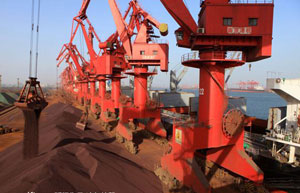 |
| Steel sector still facing profitability problems | China seeks more influence in setting iron ore prices |
- Cooperation with China is a win-win situation: Vale
- Ore trader looks to the future
- Imported iron ore stockpiles rise for 6th week
- China seeks more influence in setting iron ore prices
- Low prices weigh hard on economic statistics
- Prices of imported iron ore slide
- Sluggish demand drives down imported iron prices
- Imported iron ore stockpiles at 16-month high
- China's imported iron ore stockpiles surge
- World's most expensive Doraemon staging in Wuhan
- Beijing fair helps TCM go global
- Quality rising amid vastness of Internet content
- Online goes out of the box
- Working for the right balance
- Manufacturing hits this year's highest level
- Air travelers can expect better WiFi services
- Renminbi clearing bank to open in London
